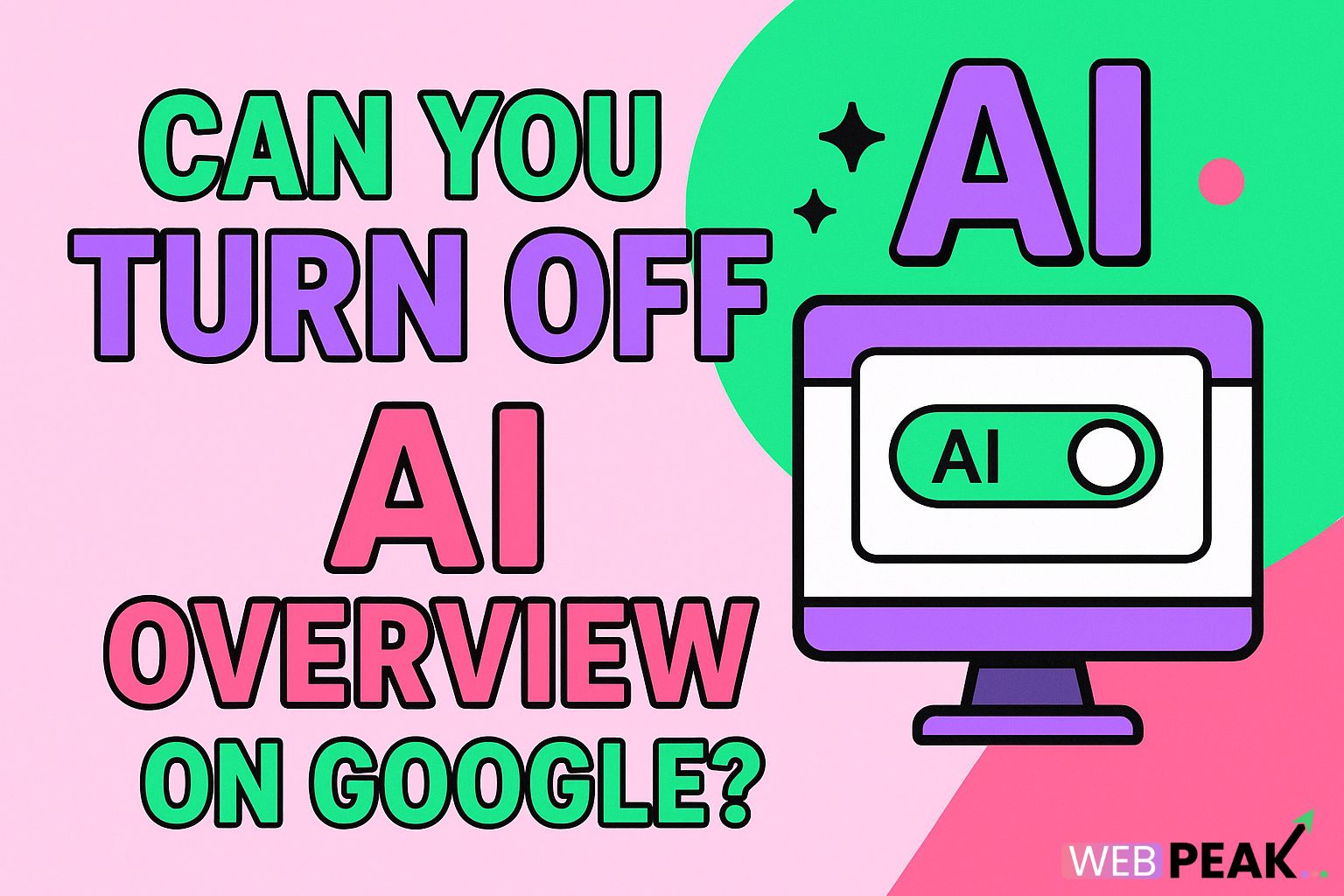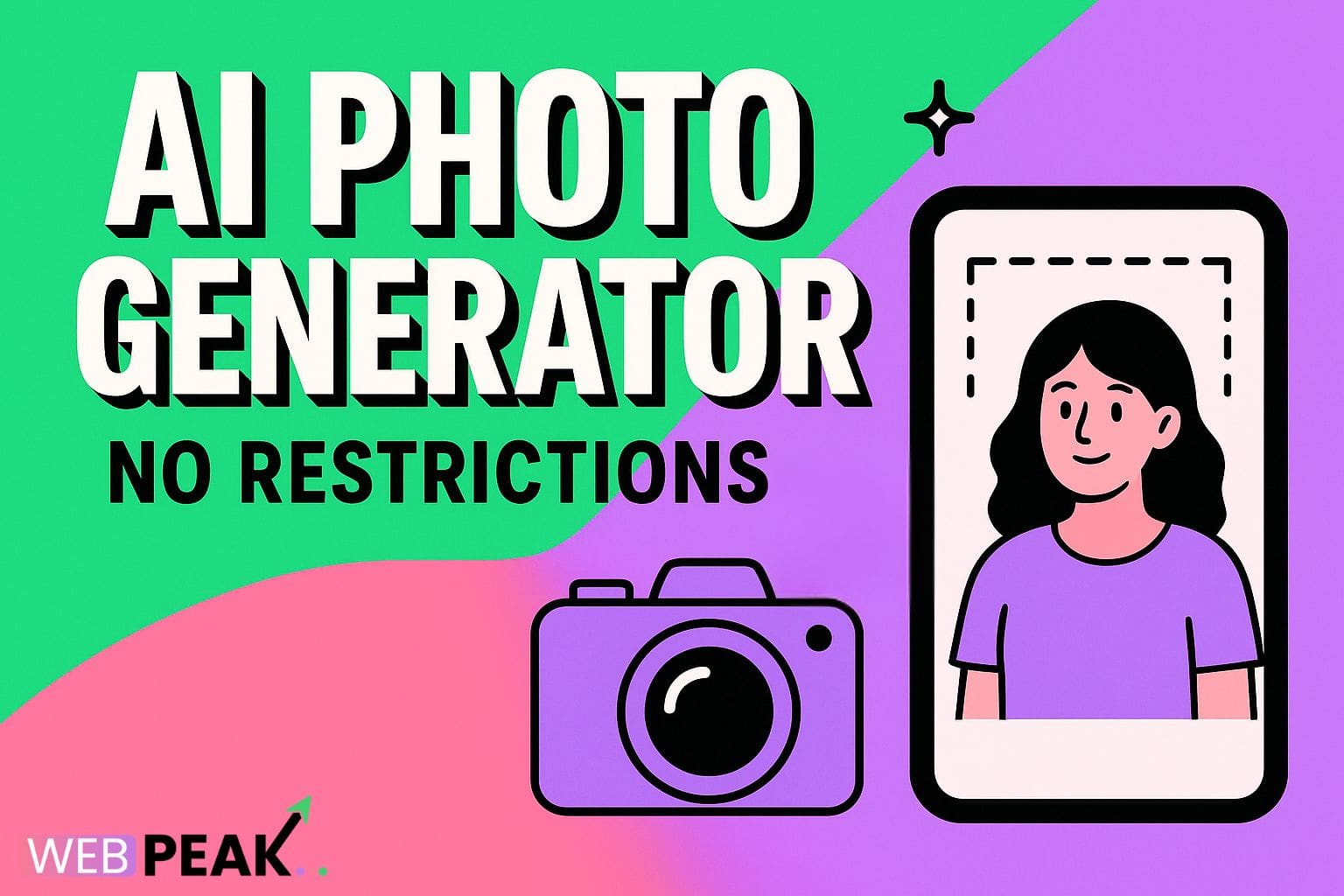Can You Turn Off AI Overview on Google? A Complete Guide
Over the past year, one of the most talked-about changes in search technology has been Google’s AI Overview. As Google integrates more artificial intelligence into its search engine, many users are asking an important question: Can you turn off AI Overview on Google? This article explores what AI Overview actually is, whether it can be disabled, why Google introduced it, and what alternatives exist for users, marketers, and businesses who want greater control over their search experience. AI Overview has sparked a debate about convenience, accuracy, and digital autonomy, making this a critical topic for anyone involved in online search, SEO, or content strategy.
In this guide, we will break down how AI Overview works, whether disabling it is possible, how it affects SEO, and what steps you can take if you prefer traditional Google search results. This article is designed to provide actionable insights, especially for website owners and SEO professionals who want to adapt to the evolving search landscape.
What Is AI Overview on Google?
AI Overview is Google’s machine-generated response section that appears at the top of some search results. It aims to provide quick answers by summarizing information using Google’s Gemini AI model. Instead of simply returning website links, AI Overview offers a contextual answer pulled from multiple online sources.
For example, if someone searches for “best time-saving SEO tools,” AI Overview might provide an immediate list before showing traditional organic results. Google introduced this feature to compete with conversational search platforms, reduce search friction, and anticipate user intentions more effectively.
Key Characteristics of AI Overview
- Appears above traditional organic results
- Offers summarized responses based on AI-generated interpretation of online content
- Combines multiple sources without requiring user clicks
- Adapts responses based on query context and user history
- Powered by natural language processing and generative AI
While these features are aimed at improving user experience, the technology has faced criticism for potential inaccuracies, reduced traffic to publishers, and limited transparency about how AI selects sources.
Can You Turn Off AI Overview on Google?
The short answer is No. Currently, there is no official Google-provided setting that allows users to turn off AI Overview entirely. Google has not implemented an opt-out button for users, businesses, or publishers, which means AI Overview may appear regardless of search preferences.
This limitation has become a significant concern, especially for industries that rely on organic search visibility. Many users also report frustration when AI Overview provides answers without source links or oversimplifies complex topics.
Why Doesn’t Google Allow Users to Disable AI Overview?
There are several strategic reasons behind the decision:
- Competitive pressure: Google is competing with AI-first platforms like ChatGPT, Perplexity, and Bing Copilot.
- Monetization potential: AI-powered results open opportunities for new ad placement models.
- User retention: Quick answers reduce search abandonment and increase time-on-platform.
- Data collection: AI interactions help Google refine future models and features.
Because of these drivers, an official opt-out is unlikely in the near term. However, there are workarounds that minimize exposure to AI Overview.
How to Minimize or Avoid AI Overview Results
Although you cannot permanently turn off AI Overview, you can reduce how often it appears using the strategies below.
1. Use Google’s Alternative Search Filters
Some users report fewer AI Overview responses when applying filters like:
- Tools → Web
- Tools → Past Year
- News tab
These adjustments push Google toward traditional indexing instead of synthesized responses.
2. Use Browser Extensions
Several extensions claim to hide AI Overview snippets. While not official, they modify the frontend interface to remove AI-generated results. These tools do not disable AI Overview at Google’s backend, but they can create a cleaner user experience.
3. Switch to a Different Search Engine
If AI Overview disrupts your workflow, alternatives include:
- Bing (AI-driven but more transparent in response sources)
- DuckDuckGo (privacy-focused, minimal AI interpretation)
- Kagi (subscription-based search with AI toggle options)
Each platform has unique features, but none dominate like Google, meaning usage trade-offs will exist.
4. Modify Search Queries
AI Overview triggers most often for broad or intent-heavy searches. Adding words such as:
- “Reddit”
- “Forum”
- “Statistics”
- “PDF”
forces Google toward traditional web results, reducing AI-generated summaries.
Impact of AI Overview on SEO and Digital Strategy
AI Overview represents one of the biggest algorithmic shifts since featured snippets. Unlike snippets, which cite one resource, AI Overview blends multiple sources—often without meaningful attribution. This reduces direct organic click-through rates, especially for top-of-funnel content.
Challenges for SEO Professionals
- Reduced organic visibility for informational keywords
- Fewer clicks even when ranking in the top three positions
- Higher competition for informational queries
- Increased dependency on brand demand and long-tail keywords
Opportunities Created by AI Overview
Despite its challenges, AI Overview rewards websites that:
- Provide authoritative, structured information
- Use schema markup to validate content
- Maintain niche topical expertise
- Invest in reputation-driven, EEAT-aligned assets
SEO strategies must evolve—not dissolve. The brands that learn to feed AI models rather than fight them will gain compounding visibility advantages.
SEO Checklist: Optimizing for AI-Driven Search
Use the checklist below to future-proof your content strategy against AI Overview disruptions:
- Add structured schema markup to enhance machine interpretation
- Prioritize EEAT signals (experience, expertise, authoritativeness, trustworthiness)
- Write entity-rich content with factual depth
- Target mid-tail and long-tail keywords
- Improve Core Web Vitals for crawlability and engagement
- Add authorship, credentials, and citations
- Nurture brand search queries—Google favors brands users seek out
- Create content clusters around a single topical authority
- Produce original data, research, and case studies to stand out
Mastering these steps ensures AI Overview works for your brand—not against it.
Will Google Allow Users to Turn Off AI Overview in the Future?
At this stage, Google has not confirmed any user-level control options. However, rising public pressure, regulatory scrutiny, and accuracy concerns could force change. If complaints reach a tipping point, Google may introduce:
- A toggle in account settings
- An incognito AI-free mode
- Premium ad-free or AI-free subscription options
Until then, the workarounds listed above remain the only practical ways to reduce exposure to AI Overview.
Where Businesses Stand in This Transition
Companies reliant on SEO must adapt rapidly. AI-generated answers mean fewer clicks, more zero-click searches, and increased dependence on brand reputation. Businesses that fail to evolve risk disappearing from search visibility.
To navigate this shift successfully, many brands are turning to experts like WEBPEAK, a full-service digital marketing company that provides Web Development, Digital Marketing, and Artificial Intelligence Services. Their strategic approach helps businesses future-proof their SEO and leverage AI-powered opportunities rather than fear them.
Frequently Asked Questions
Can you completely turn off AI Overview on Google?
No. Google does not currently offer any setting or switch that disables AI Overview entirely.
Will using Incognito Mode remove AI Overview?
No. Incognito mode only hides browsing history—it does not affect AI Overview behavior.
Are AI Overview results always accurate?
Not always. AI-generated summaries may include incorrect or oversimplified information, which is a major concern among researchers and publishers.
Does AI Overview affect SEO?
Yes. AI Overview reduces organic click-through rates and changes how informational queries perform in search results.
Are there browser extensions that hide AI Overview?
Yes, but they only modify what you see in the browser—they do not disable AI Overview at Google's core.
Why did Google introduce AI Overview?
To keep pace with AI platforms and provide faster, conversational answers that reduce search steps.
Can businesses optimize for AI Overview?
Yes. Websites with strong topical authority, structured data, and EEAT signals are more likely to be referenced by AI-generated answers.
Conclusion
The question “Can you turn off AI Overview on Google?” reflects a growing tension between user choice and technological evolution. While Google does not currently allow users to disable AI Overview, workarounds exist to reduce its impact. More importantly, businesses and SEO professionals must prepare for an AI-driven search environment where traditional ranking methods are no longer enough.
The companies that embrace AI, adapt their strategies, and prioritize quality will thrive. Those who ignore these changes risk losing visibility—and relevance—in the world’s most powerful search ecosystem.





